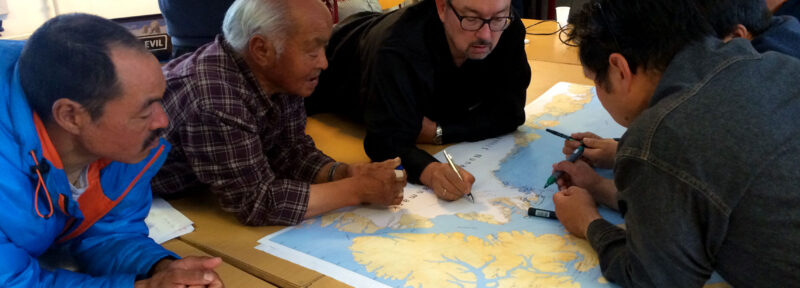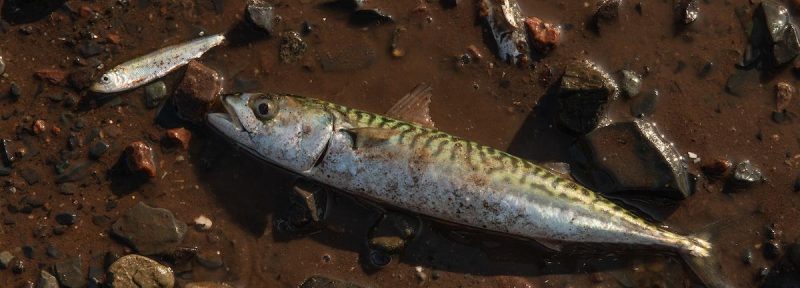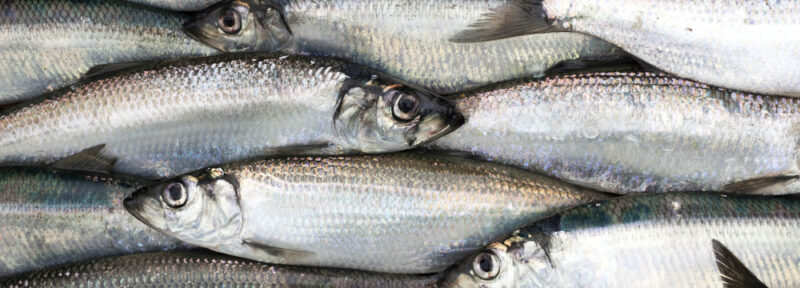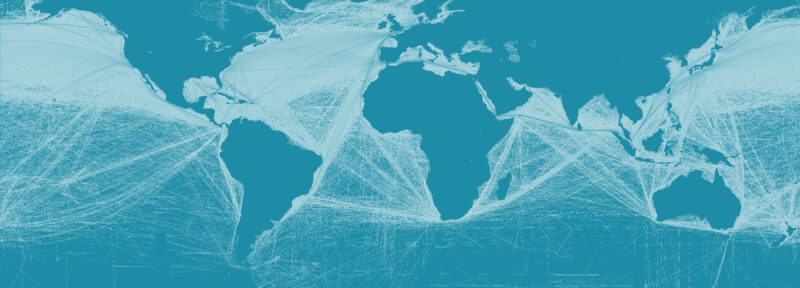Oceans North Celebrates Progress on Indigenous-led Protection of Seal River Watershed
MONTREAL—Today, the Canadian government announced an important step towards advancing Indigenous-led protection of the Seal River watershed in partnership with the province of Manitoba and four First Nations.
The announcement of a feasibility assessment for a new Indigenous Protected Area comes during the United Nations Biodiversity Conference in Montreal, where countries are gathered to draft new goals that will help stop and reverse the loss of nature globally. Last week, Canada made a historic commitment of up to $800 million to advance four other Indigenous-led conservation initiatives.
The Seal River watershed—a 50,000-square-kilometre expanse of tundra, forest and wetland located in Northern Manitoba—is an extraordinary repository of northern biodiversity, including culturally important caribou herds. Through the Seal River Watershed Alliance, Sayisi Dene First Nation has been working in partnership with the Northlands Denesuline Nation, Barren Lands First Nation and O-Pipon-Na-Piwin Cree Nation to conserve their ancestral lands and waters.
During the pandemic, Oceans North helped support harvesting programs in Tadoule Lake, the Sayisi Dene community in the heart of the watershed. The programs were aimed at improving local food security and passing down knowledge and skills. “The people who know the land and depend on it for their wellbeing are the ones best placed to protect it,” says Chris Debicki, vice-president of policy and counsel at Oceans North. “We’re happy to see the province and federal government working with Cree and Dene Nations, as well as the expansion of solutions that benefit both communities and nature.”
The Seal River watershed is connected to the marine ecosystem of Western Hudson Bay. The estuary of the Seal River itself is home to some of the 57,000 belugas that migrate to Western Hudson Bay each summer—and recent research suggests it could be an important nursery for beluga calves. Yet this marine habitat remains unprotected. “We’ve seen at this conference what’s possible when multiple levels of government, Indigenous communities and other groups come together to protect species and places that matter to them,” Debicki says. “We’re hopeful that spirit of collaboration will continue as Canada continues its work to protect global biodiversity and reach our conservation targets.”
For more information, please contact:
Alex Tesar
Communications Manager
[email protected]




